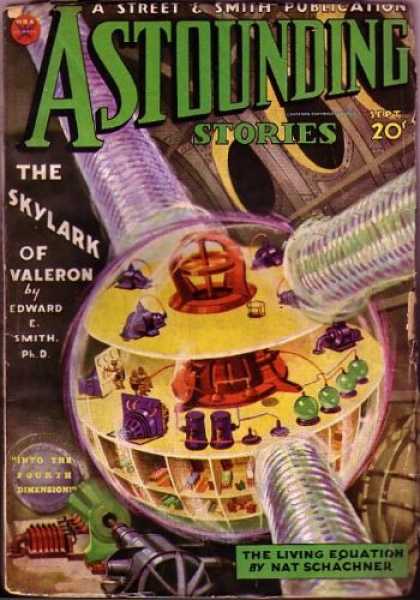|
LITR 4368 Literature of the Future |
Sample answers
for Essay 1:
|
 |
Liz
Davis
The Communist Rebellion
In
Jennifer Summerlin’s 2011 essay, she writes that there is an idea of “someone’s
utopia being someone else’s dystopia.” This is true because it is impossible to
please everyone. From The Giver to The Hunger Games, protagonists rebel against
the government and their rules. They try to open everyone’s eyes to the empty
lives they have been leading. This is a particularly common theme of novels
because in a utopian society there is a lack of individualism. If a society is
entirely alike there is no originality, creativity or advancement of knowledge.
A
prime example of a utopia becoming a dystopia for someone else is
The Onion and I. In this short story,
a family of three move into a virtual reality created by the government. The
mother is very fond of technology and believes that it is the way of the future.
Her husband is a very down-to-earth, farm-raised man with a green thumb. He
loathes the virtual reality because it is not tangible. He misses the outdoors,
physical activity, and growing onions. Though he is allowed to grow
cyber-onions, he is not able to grow real onions. He believes that nothing is
real in Cyberspace, everything is just ones and zeros in the computer code.
Living in Cyberspace is a utopia for the woman while it is her husband’s
dystopia.
In
the story Cyberfiddle, the whole
world is composed of robots and machines. When the main character, Pryer,
decides to construct a violin, he begins to question the utopian life he is
living. He asked Teacher, “Why is cybereality so
much better?” He does not know any better because he was never exposed to the
outside world. He finds a manual about how to construct a violin. He decides
that that even though he can be supplied a simulated violin instantly, he
would rather make a physical violin. He could use readily available
cyber-material but he instead uses organic materials. He uses real wood from
real trees and wields real tools to make his violin. Though this utopian society
might work for other cybernetic citizens, Pryer yearns for organic materials and
nature. Though in theory this might be a utopian society, he sees it as a
dystopia.
In
Drapes and Folds, the government has
tried to dumb down society by controlling everything. People are forced to wear
the “bracie,” a bland colored universal onesie. The protagonist, Pearl, rebels
against the government by hoarding fabric and creating clothing. Pearl calls the
bracie “conformity” and “annihilation.” Clothing is the only way she has left to
express her individuality and remember her past. Her friend, Diana, has
literally been brainwashed by the Powers and willingly conforms to their
society. Pearl tries to tell Diana about how great the past was but she is
unable to remember. This is a dystopia for Pearl because though everyone is
equal, no one is has originality.
In
Chocco, Jon and Mikal are debating about the lives of the historical Machine
People. The Machine People are representations of the 21st century
humans. Generally, we think we live in a utopian society. America, land of the
free. We like our technology, our gas-guzzling cars and our independence. As the
Jon and Mikal are debating, we realize that they think we had a dystopian
society. We didn’t have a sense of community, we had overpopulation, and only
cared about profitability. Personally, I think the town of Chocco is dystopic
but they would say that it is utopic. It is all about perspective and opinion.
Whether a society is a utopia or dystopia is a matter of opinion. The majority
of utopian societies are run by the government and are slightly communist.
People like to express their individuality and make their own decisions that
affect their lives. A truly utopian society is impossible; someone will always
rebel.
